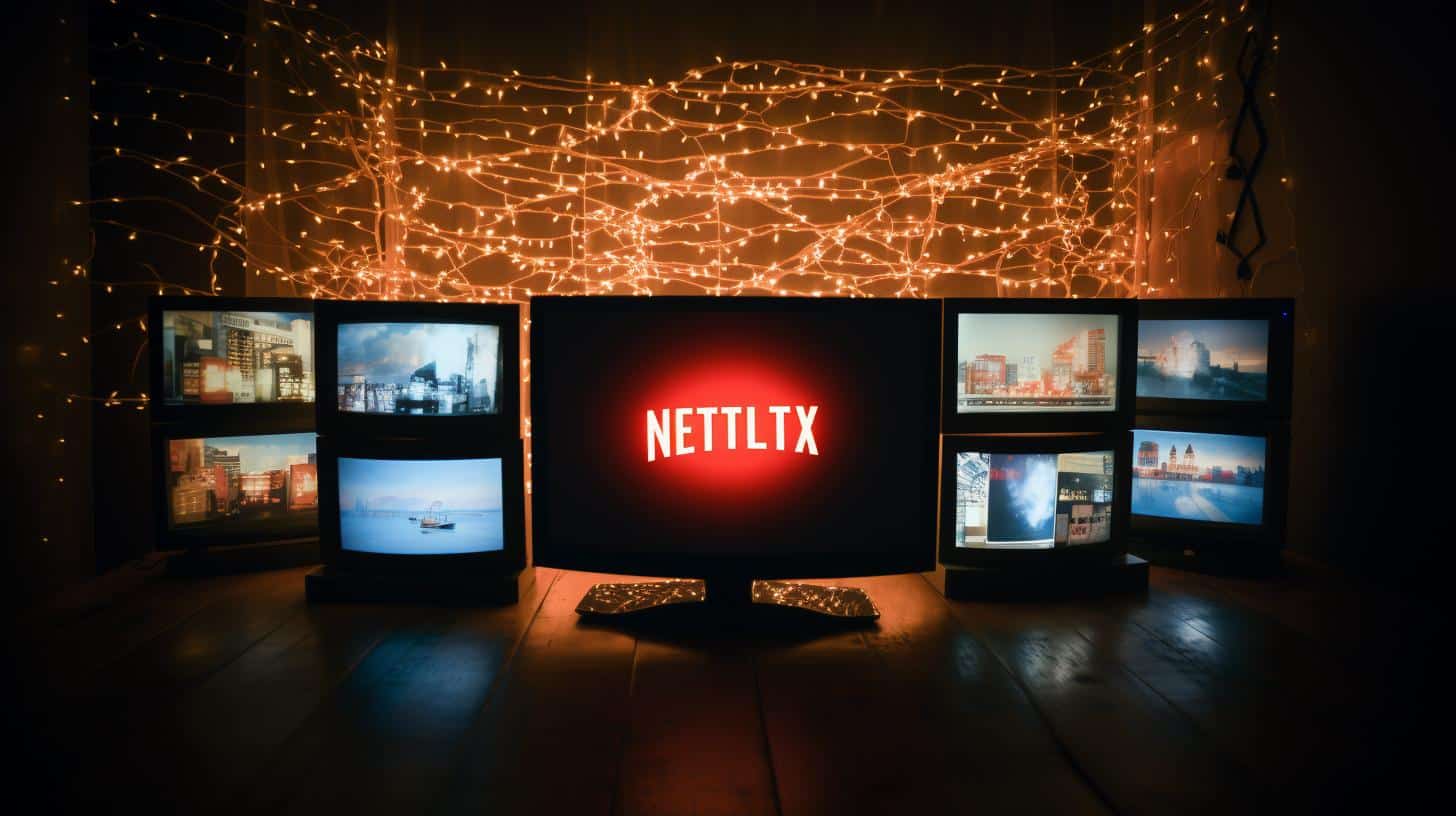The entertainment industry has undergone a significant transformation with the emergence of streaming services like Netflix. Traditional TV networks, once the dominant force in the industry, are now facing intense competition from the online streaming giant. This article will analyze the strengths, weaknesses, opportunities, and threats (SWOT analysis) of both Netflix and traditional TV networks in the current landscape of the entertainment industry.
Overview of Netflix and Traditional TV Networks
Netflix, founded in 1997 as a DVD-by-mail service, has revolutionized the way we consume entertainment. With over 200 million subscribers worldwide, Netflix has become a global leader in streaming content. It offers a vast library of movies, TV shows, and original programming, accessible on various devices and with personalized recommendations. On the other hand, traditional TV networks have been the longstanding pillars of the entertainment industry, broadcasting content through scheduled programming on cable and satellite platforms. While they have adapted to the digital age by launching their own streaming platforms, they still rely heavily on traditional advertising revenue models.
Strengths and Weaknesses: Netflix and Traditional TV Networks
Netflix’s strengths lie in its vast content library, personalized user experience, and global reach. Its original programming, such as “Stranger Things” and “House of Cards,” has garnered critical acclaim and a dedicated fan base. Moreover, its recommendation algorithm and user-friendly interface provide a seamless viewing experience. In contrast, traditional TV networks struggle with outdated business models, limited content options, and the burden of advertising. Their reliance on advertising revenue has led to frequent interruptions and reduced viewer satisfaction. Additionally, traditional networks often face challenges in retaining and attracting younger audiences, who prefer on-demand streaming services.
Opportunities: How Netflix is Disrupting the Traditional Entertainment Industry
Netflix’s disruptive impact on the entertainment industry can be attributed to several opportunities it has seized. The shift towards streaming has allowed Netflix to capitalize on the growing trend of cord-cutting, as consumers increasingly opt for online platforms over traditional cable subscriptions. Furthermore, Netflix’s investments in original programming have helped it differentiate itself from traditional TV networks, attracting top talent and offering fresh and innovative content. Additionally, Netflix’s global expansion presents a significant opportunity, as it can tap into new markets and cater to diverse audiences worldwide.
Threats: Challenges Traditional TV Networks Face in the Age of Netflix
Traditional TV networks face numerous threats in this age of Netflix domination. One of the biggest challenges is the loss of viewership and advertising revenue. As more viewers migrate to streaming services like Netflix, traditional networks struggle to maintain their audience share, resulting in declining ad revenues. Moreover, the rise of ad-free streaming platforms, including Netflix itself, has made it difficult for traditional networks to compete with their ad-driven business models. Additionally, traditional networks often face regulatory restrictions and limitations that can hinder their ability to adapt to rapidly changing viewer preferences and technological advancements.
Conclusion: Implications and Future Outlook for Netflix and Traditional TV Networks
In conclusion, Netflix’s disruptive influence on traditional TV networks cannot be overstated. Its strengths in content variety, user experience, and global reach have given it a significant advantage over its competitors. Traditional TV networks must adapt and evolve to stay relevant in this new era of entertainment consumption. They must invest in original programming, improve viewer experience, and explore alternative revenue models. While the future may appear challenging for traditional TV networks, there are still opportunities for innovation and growth. As the entertainment industry continues to evolve, only those who can adapt to the changing landscape will thrive.
Netflix’s ability to disrupt the traditional TV industry has transformed the way we consume entertainment. As the streaming giant continues to expand its global reach, traditional TV networks must reassess their strategies and find ways to stay relevant in this new era. The competition between Netflix and traditional TV networks will undoubtedly shape the future of the entertainment industry, and only those who can navigate the changing landscape will emerge as winners.













